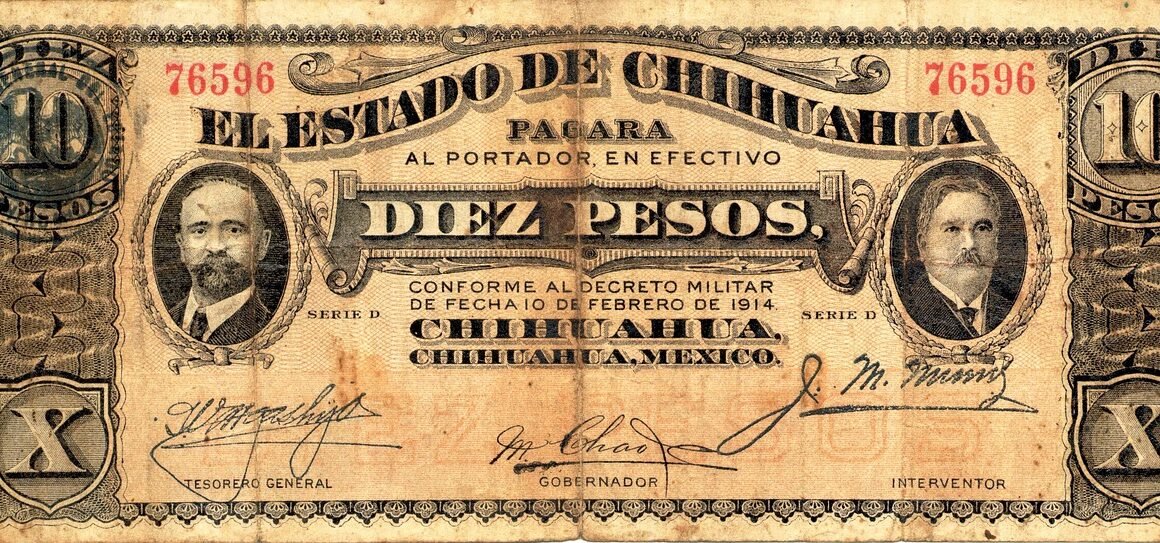Forex trading, also known as foreign exchange trading, is the global decentralized marketplace where currencies are traded. It’s the largest and most liquid financial market in the world, with trillions of dollars changing hands daily. Whether you’re a seasoned investor or just starting to explore financial markets, understanding the basics of forex trading is crucial. This guide will walk you through the essential aspects of forex, providing a solid foundation for your trading journey.
What is Forex Trading?
The Basics of Currency Exchange
Forex trading involves buying and selling currencies in pairs. The value of a currency pair reflects the relative value of one currency against another. When you trade forex, you’re essentially betting on whether one currency will strengthen or weaken relative to the other. For instance, in the EUR/USD pair (Euro vs. US Dollar), you’re speculating if the Euro will increase or decrease in value compared to the US Dollar.
- Base Currency: The first currency in the pair (e.g., EUR in EUR/USD).
- Quote Currency: The second currency in the pair (e.g., USD in EUR/USD).
- Exchange Rate: The price of the base currency in terms of the quote currency. If EUR/USD is 1.10, it means one Euro is worth 1.10 US Dollars.
Who Participates in the Forex Market?
The Forex market isn’t limited to just individual traders. A diverse range of participants make up this global marketplace:
- Central Banks: Influence exchange rates to control inflation and maintain economic stability.
- Commercial Banks: Facilitate international trade and investment, holding the largest trading volume.
- Corporations: Engage in forex to hedge currency risk associated with international transactions.
- Hedge Funds: Speculate on currency movements to generate profits.
- Retail Traders: Individual investors who trade forex for profit.
Why Trade Forex?
Forex trading offers several advantages that attract traders from around the globe:
- High Liquidity: The vast trading volume makes it easy to enter and exit positions quickly.
- 24/5 Market: The forex market operates around the clock, five days a week, allowing traders to trade at their convenience.
- Leverage: Forex brokers offer leverage, which allows traders to control larger positions with a smaller amount of capital. While this can amplify profits, it can also magnify losses.
- Low Transaction Costs: Generally, trading forex has lower commission fees compared to other financial markets.
Understanding Forex Terminology
Key Terms You Need to Know
Navigating the forex market requires familiarity with specific terminology. Here are some essential terms:
- Pip (Point in Percentage): The smallest price movement that a given exchange rate can make. Most currency pairs are priced to four decimal places. For example, if the EUR/USD moves from 1.1000 to 1.1001, that is a one pip movement.
- Spread: The difference between the buying price (ask price) and the selling price (bid price) of a currency pair. It represents the broker’s commission.
- Leverage: The ratio of the amount of capital used in a transaction to the required security deposit. Example: Leverage of 1:100 means you can control $100,000 worth of currency with $1,000 of your own capital.
- Margin: The amount of money required to open and maintain a leveraged position.
- Lot Size: The standardized unit of trading volume. A standard lot is 100,000 units of the base currency, a mini lot is 10,000 units, and a micro lot is 1,000 units.
- Order Types: Different ways to execute trades, including market orders (executed immediately at the best available price), limit orders (executed at a specified price), and stop-loss orders (used to limit potential losses).
Practical Example: Calculating Pip Value
Let’s say you’re trading EUR/USD with a standard lot (100,000 units) and the exchange rate moves from 1.1000 to 1.1005. This is a 5-pip movement. The pip value can be calculated as follows:
Pip Value = (Pip Size / Exchange Rate) x Lot Size
Pip Value = (0.0001 / 1.1000) x 100,000 = $9.09 per pip
Therefore, a 5-pip movement would result in a profit of $45.45 (5 pips x $9.09).
Forex Trading Strategies
Fundamental Analysis
Fundamental analysis involves evaluating economic indicators, political events, and other factors that can influence currency values. This includes monitoring:
- Economic Growth: GDP (Gross Domestic Product) growth rates, employment figures, and inflation rates. Strong economic performance typically strengthens a country’s currency.
- Interest Rates: Central bank interest rate decisions affect currency values. Higher interest rates tend to attract foreign investment and strengthen the currency.
- Political Stability: Political events and government policies can impact investor confidence and currency values.
Example: If the U.S. Federal Reserve increases interest rates, the US Dollar might strengthen against other currencies due to increased demand.
Technical Analysis
Technical analysis involves analyzing historical price charts and using technical indicators to identify patterns and predict future price movements. Common tools include:
- Chart Patterns: Identifying patterns such as head and shoulders, double tops, and triangles to anticipate potential price breakouts or reversals.
- Moving Averages: Smoothing price data to identify trends. Popular moving averages include the 50-day and 200-day moving averages.
- Relative Strength Index (RSI): An oscillator that measures the speed and change of price movements, indicating overbought or oversold conditions.
- Fibonacci Retracements: Using Fibonacci levels to identify potential support and resistance areas.
Example: Using the RSI, if a currency pair is showing a value above 70, it might indicate that the currency pair is overbought and a potential sell opportunity could arise.
Risk Management Strategies
Effective risk management is crucial for successful forex trading. Key strategies include:
- Stop-Loss Orders: Setting a price level at which your trade will automatically close to limit potential losses.
- Take-Profit Orders: Setting a price level at which your trade will automatically close to secure profits.
- Position Sizing: Determining the appropriate size of your trade based on your account balance and risk tolerance.
- Risk-Reward Ratio: Evaluating the potential profit relative to the potential loss for each trade. A common target is a risk-reward ratio of at least 1:2 (e.g., risking $1 to potentially make $2).
Choosing a Forex Broker and Platform
Selecting a Reputable Broker
Choosing the right forex broker is a critical step. Consider the following factors:
- Regulation: Ensure the broker is regulated by a reputable financial authority (e.g., FCA in the UK, CySEC in Cyprus, ASIC in Australia).
- Trading Platform: Look for a user-friendly platform with advanced charting tools, order execution capabilities, and mobile compatibility. Metatrader 4 (MT4) and Metatrader 5 (MT5) are popular choices.
- Spreads and Commissions: Compare spreads and commissions offered by different brokers. Lower spreads can reduce trading costs.
- Leverage: Be cautious with high leverage. It can amplify both profits and losses.
- Customer Support: Ensure the broker offers reliable customer support in your preferred language.
- Deposit and Withdrawal Options: Check the available methods for depositing and withdrawing funds.
Demo Accounts
Before trading with real money, practice using a demo account. This allows you to familiarize yourself with the trading platform, test strategies, and gain experience without risking your capital.
- Practice trading without financial risk.
- Learn the functionality of the platform.
- Test different trading strategies.
Common Mistakes to Avoid in Forex Trading
Emotional Trading
Letting emotions (fear and greed) dictate your trading decisions can lead to impulsive actions and poor results. Stick to your trading plan and avoid chasing losses or becoming overly confident after a winning streak.
Lack of a Trading Plan
Trading without a well-defined plan is like navigating without a map. Develop a comprehensive trading plan that includes your goals, risk tolerance, trading strategies, and money management rules.
Over-Leveraging
Using too much leverage can quickly wipe out your account if the market moves against you. Use leverage responsibly and only risk a small percentage of your capital on each trade.
Ignoring Economic News
Major economic news releases can significantly impact currency values. Stay informed about upcoming economic events and adjust your trading strategies accordingly.
Neglecting Risk Management
Failing to use stop-loss orders and other risk management tools can expose you to substantial losses. Protect your capital by implementing robust risk management strategies.
Conclusion
Forex trading can be a rewarding, but also challenging endeavor. Understanding the basics, using effective strategies, managing risk, and avoiding common mistakes are essential for success. By continuously learning, practicing, and adapting to market conditions, you can increase your chances of achieving your financial goals in the forex market. Remember to start with a demo account, develop a solid trading plan, and always prioritize risk management.



